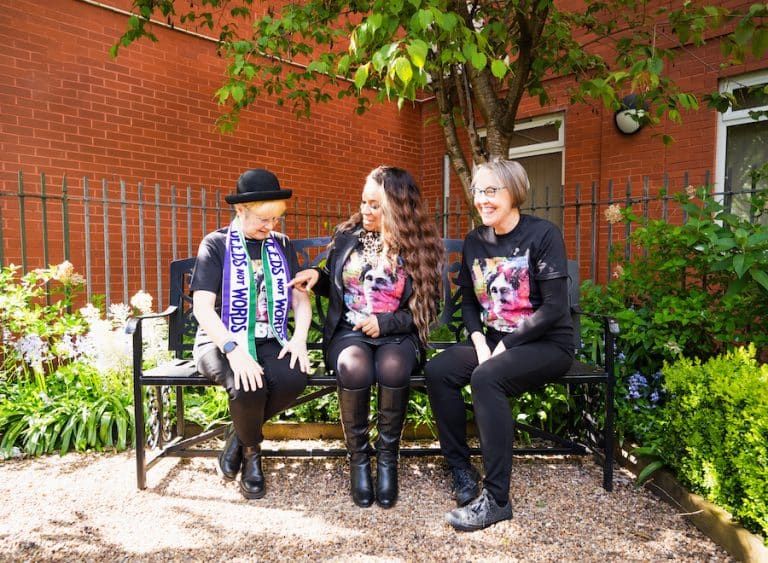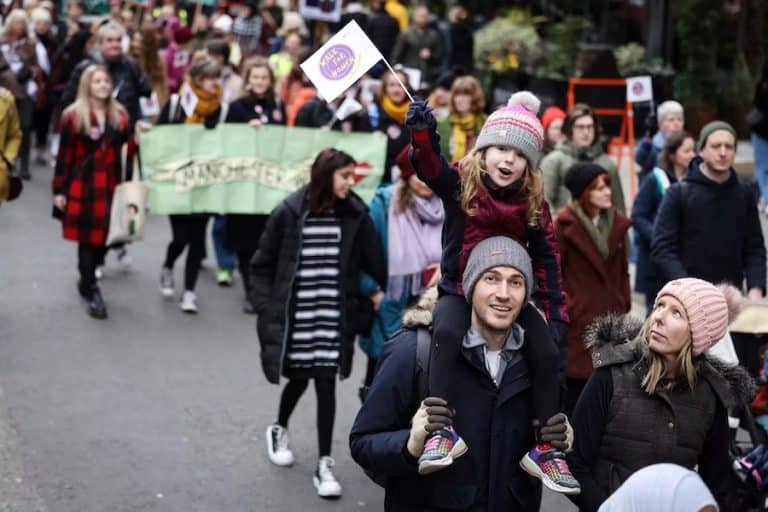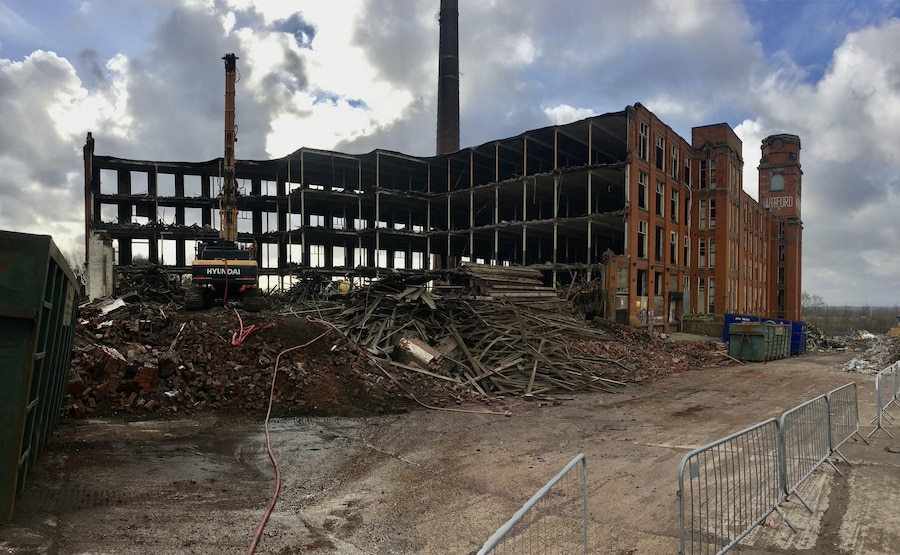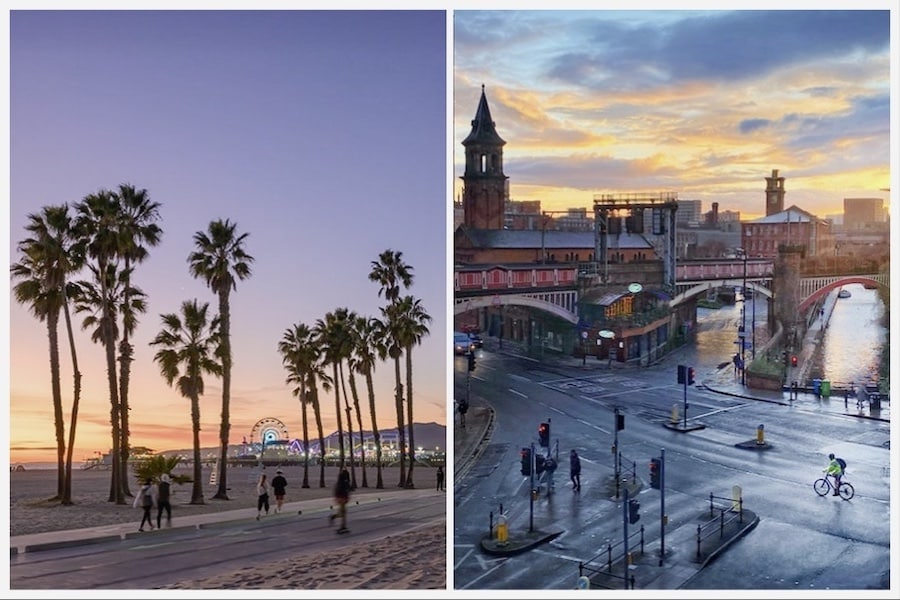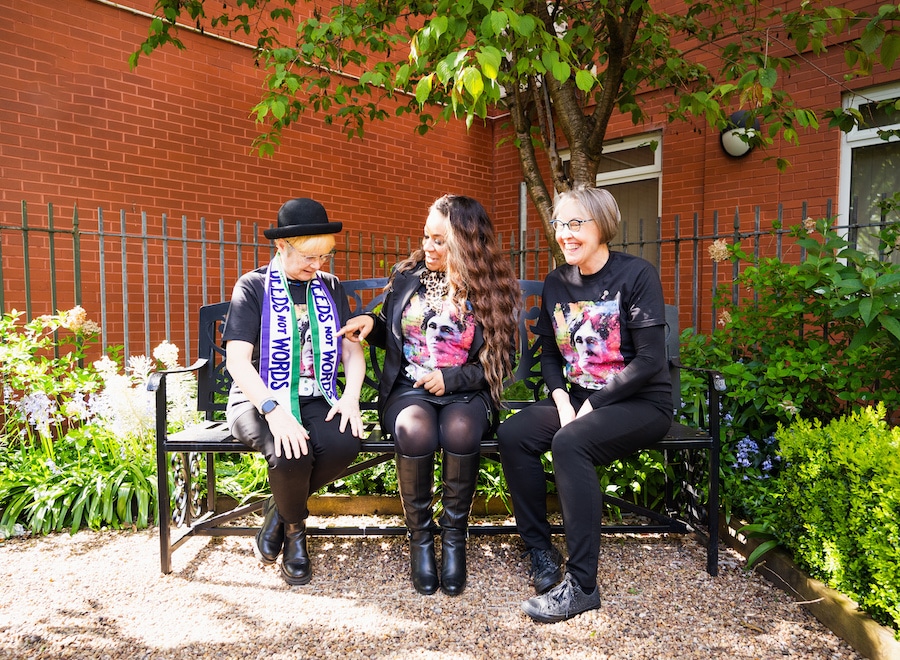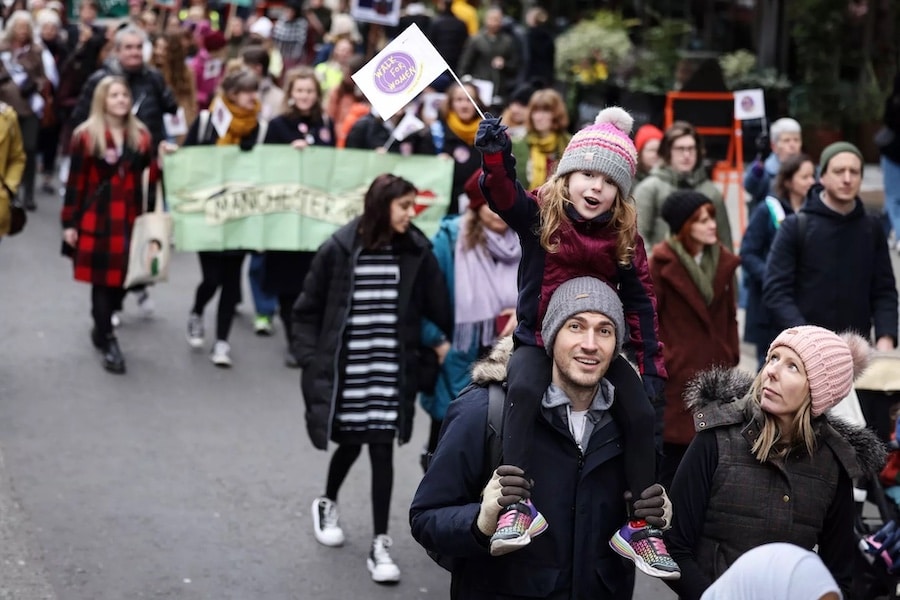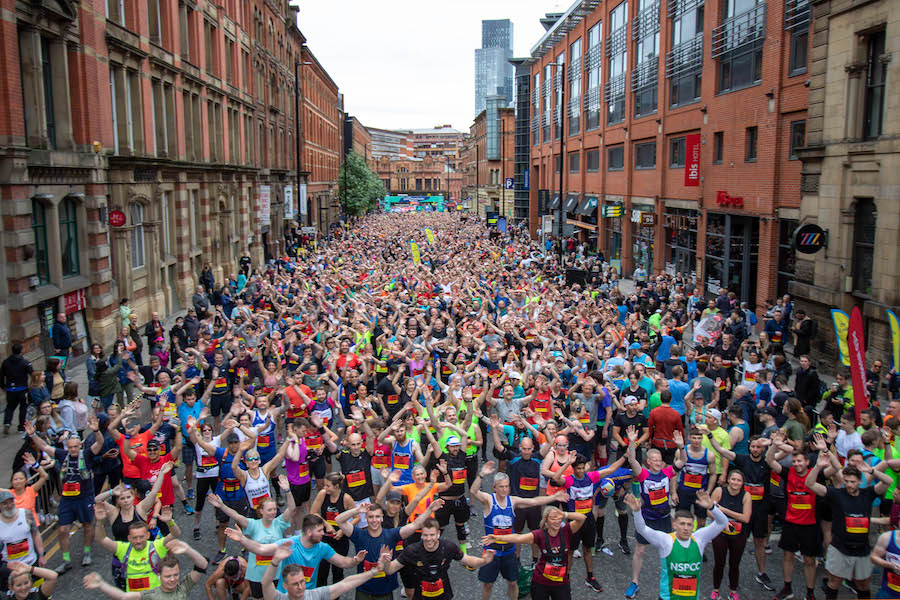Review: Tosca at The Lowry is “full of electrifying performances, and turbocharged with emotion”
- Written by Thom Bamford
- Last updated 2 years ago
- Culture
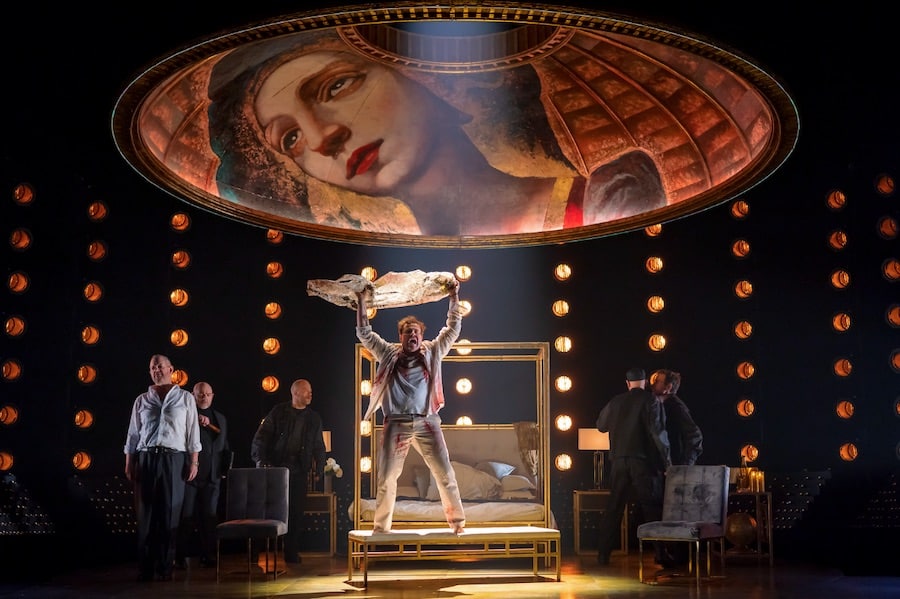
If you’re unfamiliar with the story, Tosca is a three-act Italian opera by Giacomo Puccini, first performed in Rome in 1900.
Set in Rome in 1800, the opera tells the tragic story of the singer Floria Tosca, her lover, the painter Mario Cavaradossi, and the corrupt chief of police, Baron Scarpia.
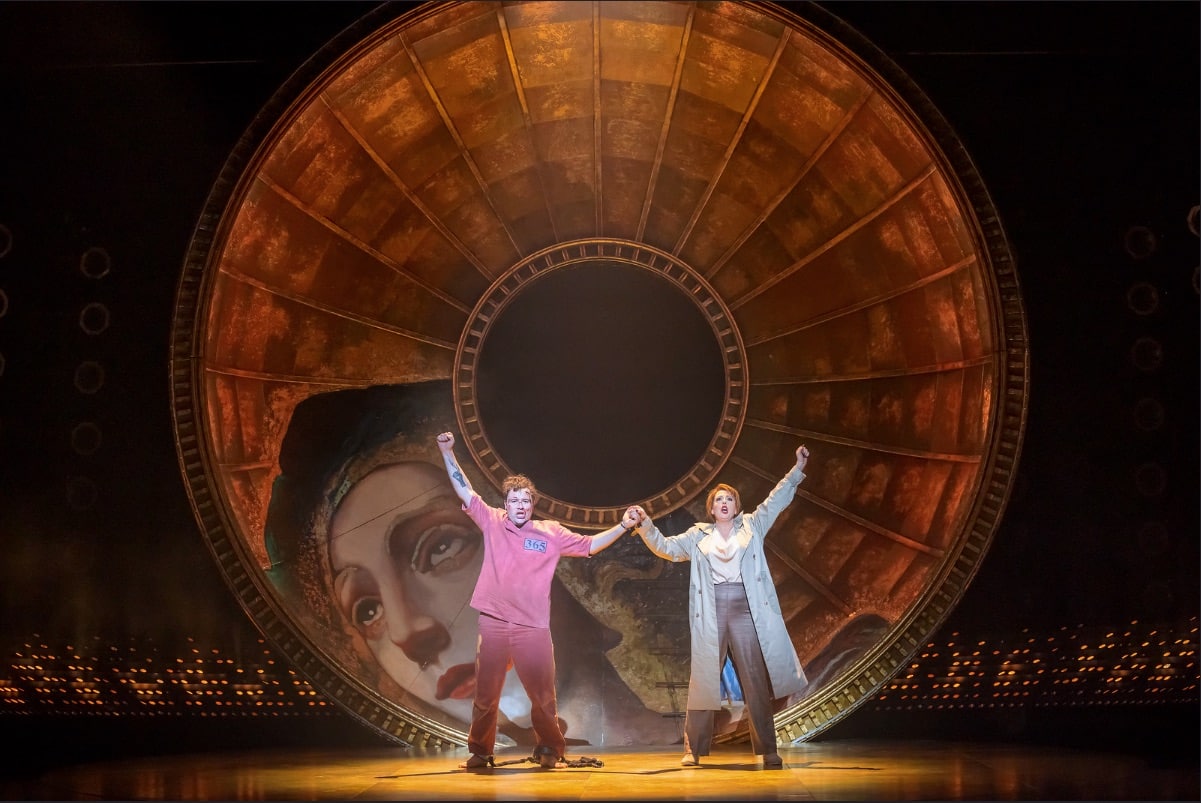
Giselle Allen gives an electrifying performance as Tosca, a voice fuelled with raw emotion and power turbocharging a fantastic performance of the classic opera.
Robert Hayward is the perfect evil foil to the lovers and will have you booing at the end despite a brilliant performance as the corrupt police chief, Baron Scarpia.
The first act opens in the church of Sant’Andrea della Valle, where Cavaradossi is working on a painting of Mary Magdalene.
Tosca enters and, consumed by jealousy, becomes suspicious of Cavaradossi’s relationship with a woman in the painting.
The couple’s love duet is interrupted by the arrival of Scarpia, who is in pursuit of an escaped political prisoner. After discovering that Cavaradossi has helped the prisoner, Scarpia vows to use Tosca’s love for the painter as leverage to get what he wants.
The intense, powerful relationship between Tosca and Cavaradossi is beautifully portrayed by Giselle Allen and Mykhailo Malafii, and their camaraderie and electric relationship makes this an irresistible watch.
All three leads are undeniably, brilliant.
Most of the opera takes place under Cavaradossi’s dome artwork, with smoke and spotlights creating a dense, claustrophobic and brooding atmosphere on the set.
Intense lighting shifts augment the drama of the closure of the first act, and are masterfully controlled throughout.
In the second act, Scarpia has arranged for Cavaradossi to be tortured to reveal the whereabouts of the prisoner.
Tosca, desperate to save her lover, agrees to Scarpia’s proposition that she give herself to him in exchange for Cavaradossi’s freedom. As Scarpia tries to force himself on her, Tosca stabs him to death.
The denouement is tense, set underneath the painter’s dome, with clever use of lighting and smoke to create a beautiful, melancholic, ending to the Opera.
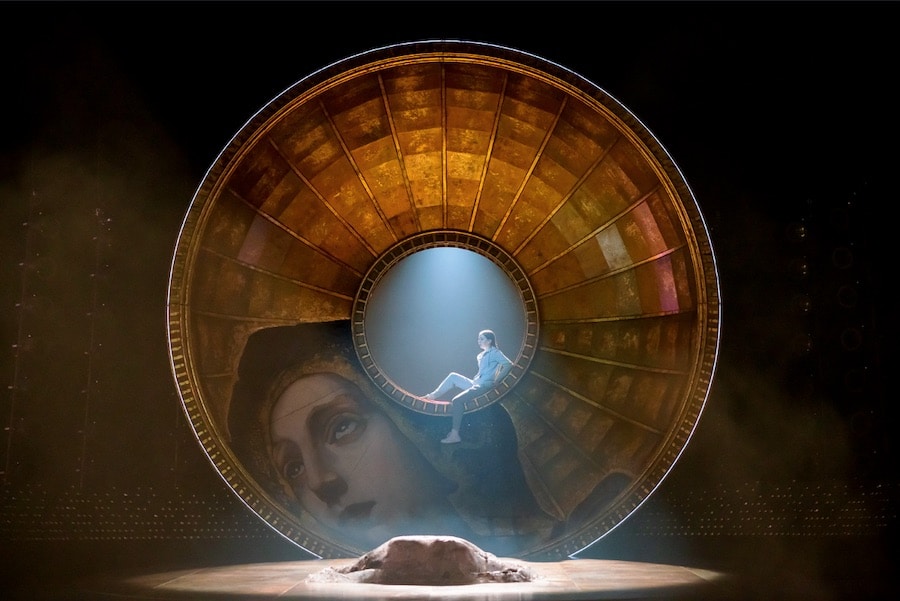
The final act takes place in the Castel Sant’Angelo, where Cavaradossi is to be executed. Tosca arrives to tell him that she has secured his release and that they can flee together. But as they are about to leave, Cavaradossi is shot and killed by the firing squad. Tosca, realizing that Scarpia had betrayed her and that there is no escape, jumps to her death from the castle walls.
The beauty of the Opera is augmented by the dramatic score, conducted by Garry Walker and performed by the highly skilled Orchestra of Opera North.
Featuring wonderful arias such as “Vissi d’arte” and “E lucevan le stelle,” the soundtrack brings life to the drama in the Opera.
The work to this day remains one of Puccini’s most popular works, and with talented crews like Opera North putting out performances like this, there’s no reason why that won’t continue for years to come.
- This article was last updated 2 years ago.
- It was first published on 10 March 2023 and is subject to be updated from time to time. Please refresh or return to see the latest version.
Did we miss something? Let us know: [email protected]
Want to be the first to receive all the latest news stories, what’s on and events from the heart of Manchester? Sign up here.
Manchester is a successful city, but many people suffer. I Love Manchester helps raise awareness and funds to help improve the lives and prospects of people across Greater Manchester – and we can’t do it without your help. So please support us with what you can so we can continue to spread the love. Thank you in advance!
An email you’ll love. Subscribe to our newsletter to get the latest news stories delivered direct to your inbox.
Got a story worth sharing?
What’s the story? We are all ears when it comes to positive news and inspiring stories. You can send story ideas to [email protected]
While we can’t guarantee to publish everything, we will always consider any enquiry or idea that promotes:
- Independent new openings
- Human interest
- Not-for-profit organisations
- Community Interest Companies (CiCs) and projects
- Charities and charitable initiatives
- Affordability and offers saving people over 20%
For anything else, don’t hesitate to get in touch with us about advertorials (from £350+VAT) and advertising opportunities: [email protected]
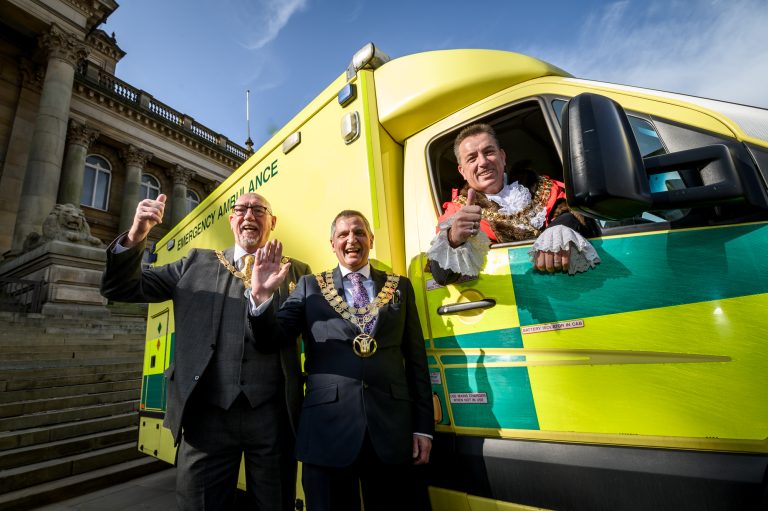
Mayors and veterans unite to drive ambulances of hope to Ukraine
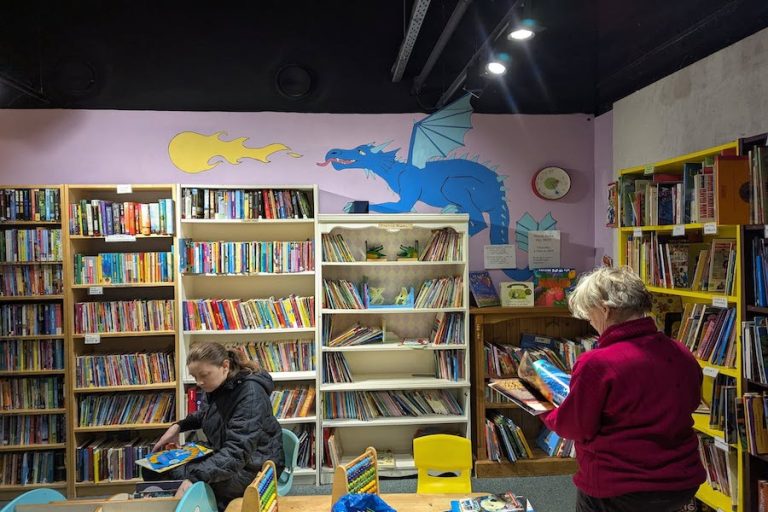
The bookshop where everything is free and everyone gets a warm welcome
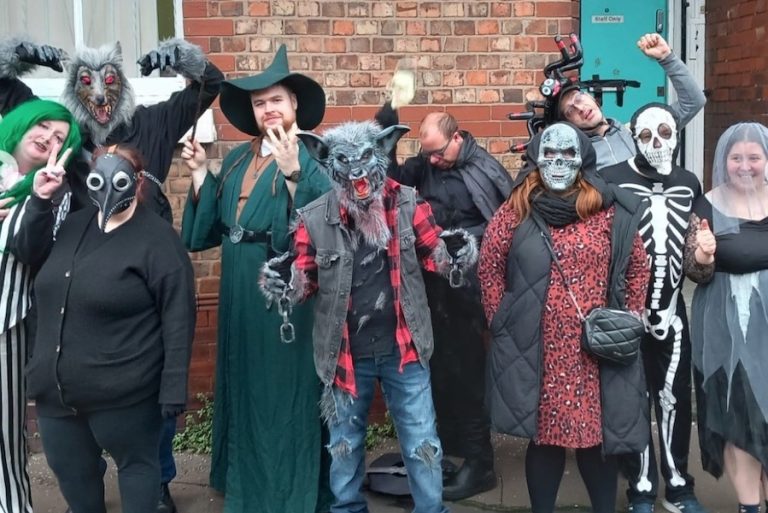
How I AM has been changing lives for neurodivergent people for over 50 years
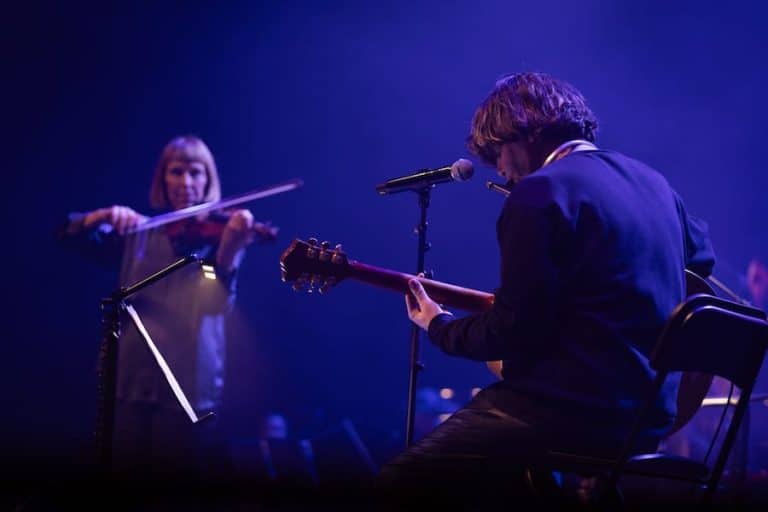
Review: RNCM Session Orchestra with Tim Burgess and Helen O’Hara is ‘a joyful evening of classics’
